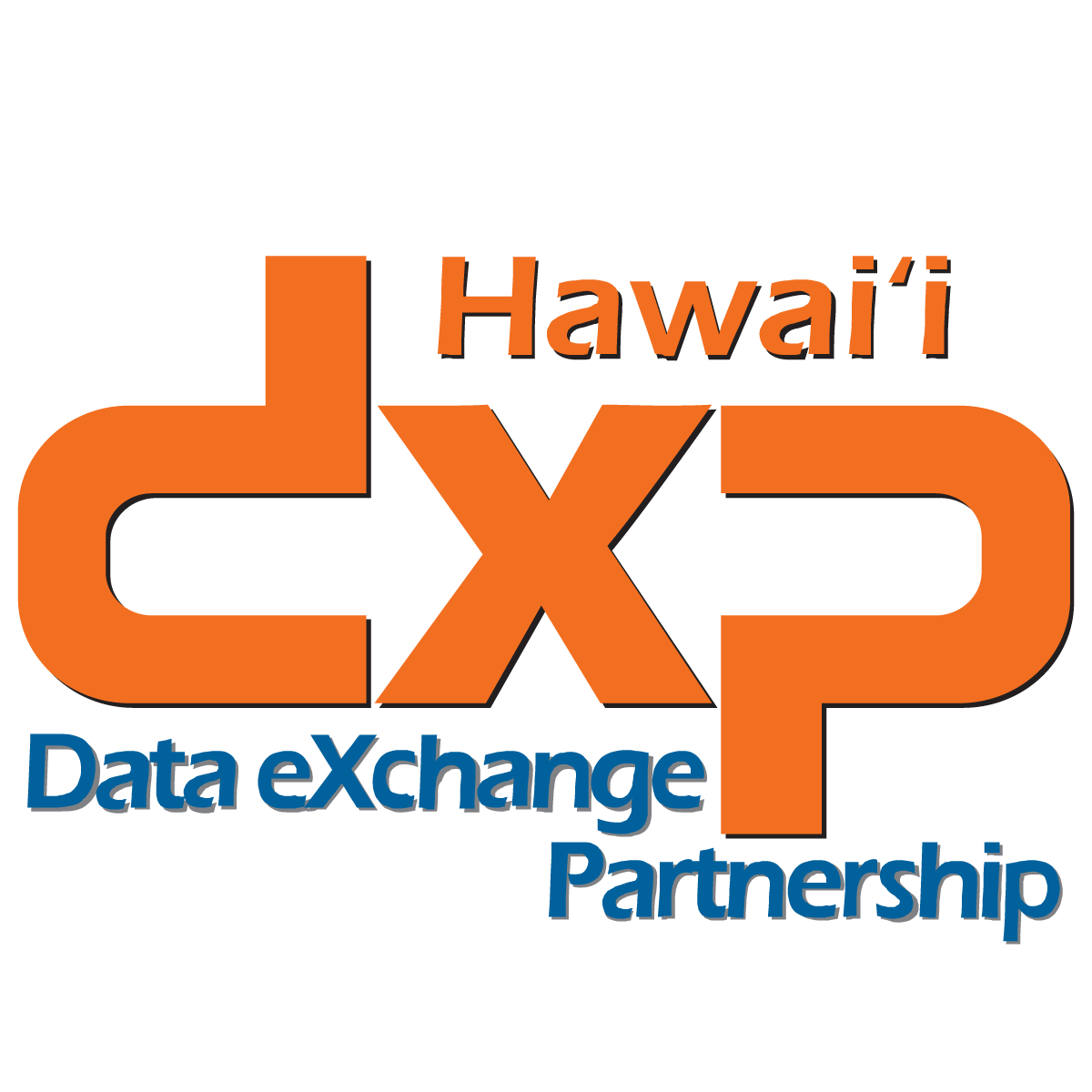Data Use & Requests
The best data are data being used. We provide data to individuals and organizations that inform policy and practice to promote equity for the people of Hawai’i. Ready to use data is shared through our data products. If you don’t find what you need, we welcome your Data Requests.
Explore the Data
The DXP provides actionable reports and analyses in response to research questions generated by agency partners and community stakeholders. These “data products” are shared for public use through this website and include:
- Dashboards – Interactive metrics that let you dive into the data that interests you.
- Data Stories – Data and related contextual information on various educational programs.
- Presentations – Copies of past presentations using DXP data.
- Issue briefs – Short, data-informed write ups spotlighting important issues in the education-to-workforce pipeline.
- Reports – Longer, more data heavy pieces that explore topics from early childhood outcomes to high school performance and postsecondary enrollment.
Click on the sectors below to see some of the DXP’s featured products.
Data Requests
How to submit a request for cross-agency data & datasets
If your needs extend beyond what we provide in our data products, individuals and organizations seeking data are encouraged to submit a data request.
- Past requests have involved information to support program evaluation, strategic planning, grant reporting, research papers, and more.
- All data requests will be vetted for appropriateness and potential benefits to DXP Partners, schools, educators, policymakers, and/or researchers.
- Requests must be for cross-agency data (involving more than one agency). For single agency requests, please contact our partners to request data directly from them.
- Agencies the DXP has data available for: Hawai‘i State Department of Education, University of Hawai‘i & Department of Labor and Industrial Relations
| Aggregate Data (Tables/Counts of Students) | De-Identified, Individual-Level Data (Datasets) |
|---|---|
| Data with small counts suppressed to protect students from being identified. Aggregate data generally answer more straightforward questions such as “What is the demographic breakdown of students who participated in dual credit courses?”. | Datasets with direct identifiers (e.g., names) removed. Additional controls/forms are required to ensure the data are adequately protected in compliance with FERPA. De-identified datasets are generally used to examine more complicated evaluations/research. Requestors must follow all DXP suppression rules for any presentations, papers, reports, etc. produced from the data set to protect students from being identified. Dataset must be certified as destroyed at the end of project. |
